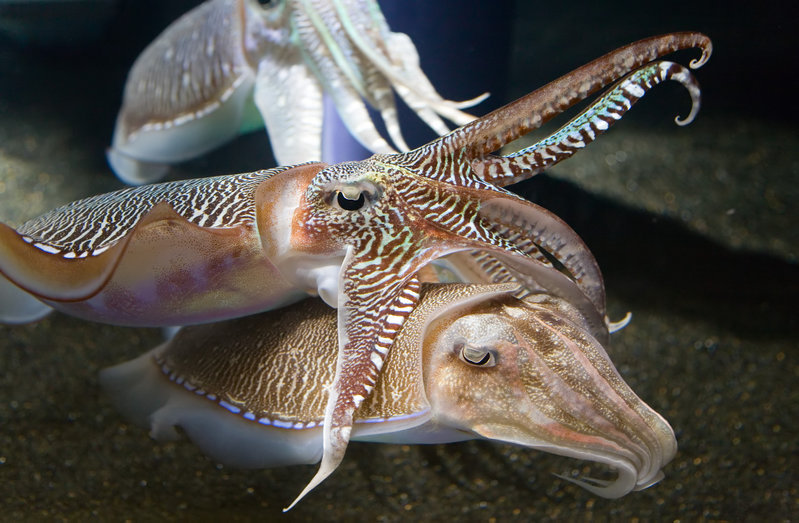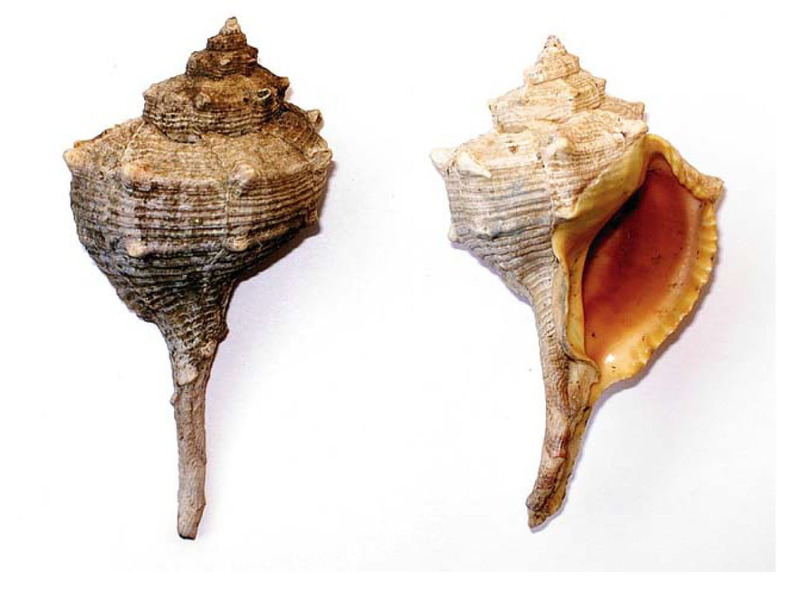Purple Colorants
Azurite
Azurite is a mineral composed of basic carbonate of copper. Though popular, the blue pigment made from azurte is chemically unstable and difficult to produce. Because of this instability, pigments made from azurite can easily change color from blue to green, or black. It is possible to adjust the hue of the pigment by altering how it is ground; the finer it is ground the lighter it becomes. "Less costly than lapis lazuli, Azurite sources were closer to home for the Western artist: there were deposits in eastern France, Hungary, Germany, and Spain during the Middle Ages. Albrecht Durer, like most of his compatriots, relied mostly on local azurite for his best blues" (Ball, 92). Long before Durer, azurite was used as a blue pigment by Ancient Egyptians.
Ball, P., (2002) Bright Earth: Art and the Invention of Color, p. 92, New York: Farra, Straus, and Giroux.Tyrian Purple
Tyrian purple is considered one of the most precious ancient dyestuffs. The dye was costly and labor intensive to produce and at times it was worth more than gold. Tyrian purple dye is made from a mixture of the secretions of two species of shellfish, the buccinum and the purpura, which are native to the Mediterranean Sea. The process, when done right, does not harm the shellfish. but takes considerable time and patience. The dye was produced in Asia Minor, and later by the Greeks. Mentions of Tyrian purple can be found in Homer's Iliad and Virgil's Aeneid.

Blue Colorants

Brown Colorants




